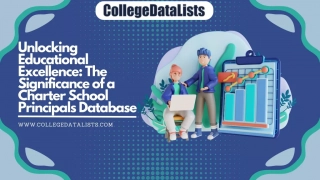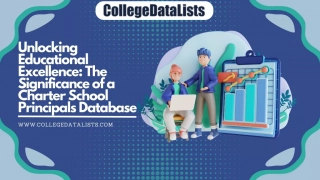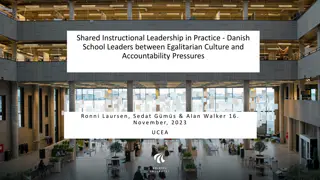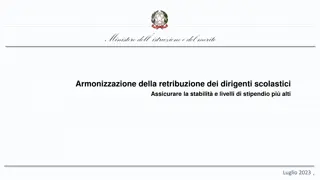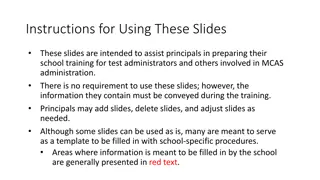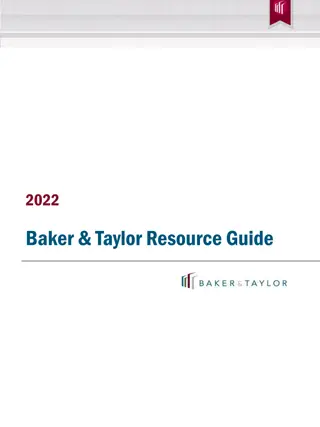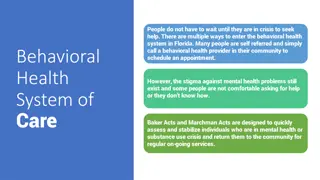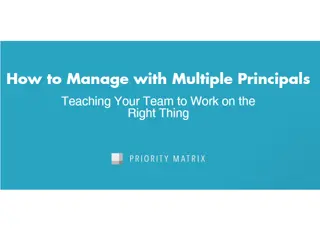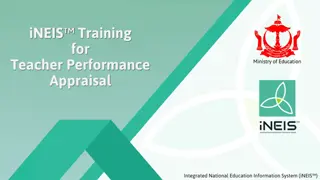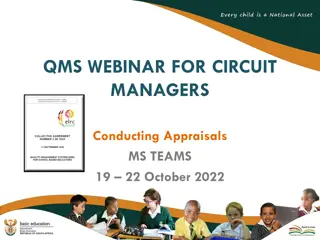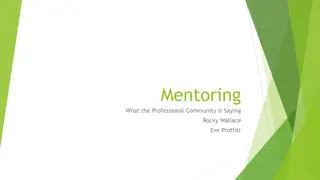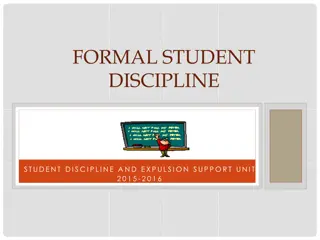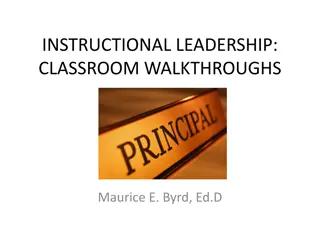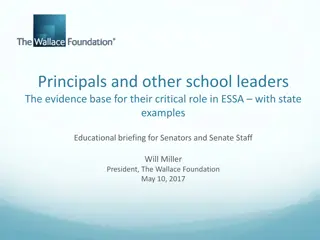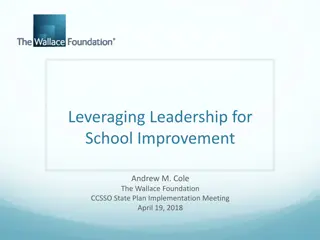
Redesign Process and Transition Overview
Collaborating with IASP during the redesign process led to a constructive partnership, allowing for continuous improvement. Explore the agenda for the next level program of study, student benefits, course structure overview, and transitions towards Perkins V pathways. Stay informed about the evolving CTE landscape and pathways available for students.
Download Presentation

Please find below an Image/Link to download the presentation.
The content on the website is provided AS IS for your information and personal use only. It may not be sold, licensed, or shared on other websites without obtaining consent from the author. If you encounter any issues during the download, it is possible that the publisher has removed the file from their server.
You are allowed to download the files provided on this website for personal or commercial use, subject to the condition that they are used lawfully. All files are the property of their respective owners.
The content on the website is provided AS IS for your information and personal use only. It may not be sold, licensed, or shared on other websites without obtaining consent from the author.
E N D
Presentation Transcript
Overview Overview Relationship with IASP during redesign process Collaborative partnership Constructive feedback Continuous improvement
Agenda Agenda Next Level Program of Study Overview Student Benefits Transition Timeline Transition Questions Scheduling Options General Example Bluffton High School Questions
Course Structure Overview Course Structure Overview
NLPS Activity Overview NLPS Activity Overview Passage of Perkins V (federal CTE law) July 2018 CTE Redesign Process Begins December 2018 Approval of Current Perkins V Pathways (as a transition) January 2019 Office of CTE to GWC July 2019 Principals and CTE Director Working Group October 2019 Regional Superintendent Meetings Fall 2020 IASP Meeting November 2020 Implementation Workshops Winter 2020 Teacher Workshops Spring 2021 Additional Implementation Workshops Winter 2021
Student Benefits Student Benefits NLPS Courses provide benefits to students: Access to New and Improved Pathways Students have opportunities to explore multiple pathways. Provide Multiple Options to Meet Grad Pathways More Dual Credit Courses Available Ability to earn Postsecondary Credentials in High School Better aligned to skills needed for postsecondary (additional education/training and/or employment) success
Transitions Transitions Perkins V temporary concentrator definition in effect for 2023 and 2024 cohorts Perkins V NLPS concentrator definition begins for 2025 cohort All current level I and level II courses for Perkins V are still included in the 2022 2023 CTD Most current Level I courses have been reduced to 2 credits max Schools can enroll varying cohorts in level I and NLPS Principles courses during the same class period to allow for easier transitions from current courses to NLPS courses. This will ease the ability for both cohorts to remain on track to earn concentrator status
Transitions: Transitions: CTE for Grad Pathways CTE for Grad Pathways 2022 Cohort: May Use Perkins IV Pathways or Perkins V Pathways with Current or NLPS Courses. 2023 Cohort and 2024 Cohorts: Must Use Perkins V Pathways with Current or NLPS Courses. 2025 Cohort and beyond: Must Use Perkins V Pathways with NLPS Courses.
Planning Guide: Planning Guide: Essential Components Essential Components Size, Scope and Quality Elements Self-Assessment: How well is the current pathway meeting the needs of the student? Red Low enrollments, poor student performance, few credentials earned, and poor post-program placement Low demand and low enrollment; or low demand and high enrollment Yellow Adequate enrollments, average student performance, some credentials earned, and average post-program placement Green High enrollments, above average student performance, several credentials earned, and high post-program placement High demand and high enrollment Labor Market Alignment: How do course enrollments align with regional demand for pathway- specific occupations? Sequencing: How much of the program of study can the school offer? High demand and low enrollment; or low demand and low enrollment (but with emerging demand ) Can only offer the CTE Concentrator Sequence Cannot offer the entire CTE Concentrator Sequence & no alternatives for completing Can offer credential completion and/or at least 2 credits of capstone Qualified Instructor: Is the instructor licensed and able to be credentialed for dual credit? No instructor or an available instructor does not meet assignment codes Instructor meets assignment code/credentialed for some dual credit courses Instructor is fully credentialed to offer dual credit Facilities and Equipment: Are the facilities and equipment that are available to the school sufficient to meet the course competencies? Not able to meet hands-on instruction requirements for each student Able to sufficiently meet hands-on instruction requirements for each student Able to provide high levels of hands-on practice for each student and meets dual credit requirements and/or industry standards
Planning Guide: Planning Guide: Measures of Program Quality Measures of Program Quality Part II NLPS Quality Components (Measures of Program Quality) Size, Scope and Quality Elements College Credit: What is the potential for the school to offer college credit for the coursework? Student Outcomes: What will students be able to earn through the course in terms of dual credits and credentials? WBL Opportunities: What level of WBL experiences are available to students and how many? Red Not feasible to offer dual credit Yellow Dual credit can only be offered through dual enrollment Green Dual credit can be offered through the concentrator courses Students have limited dual credit opportunities and cannot earn Graduation Pathways eligible industry certifications Students can earn at least 9 college credits in a pathway or a Graduation Pathways eligible industry certification Students can earn a postsecondary certificate; or at least 9 dual credits and a Graduation Pathways eligible industry certification Can only offer awareness or exploration WBL experiences or can only provide a few students with preparation or training WBL experiences Can offer 75 hours of preparation or training WBL experiences for a majority of students Can offer 75 hours of preparation or training WBL experiences for most, if not all, students
Planning Guide: Planning Guide: Quality Components Quality Components Part II NLPS Quality Components (Additional Criteria) Size, Scope and Quality Elements Red Yellow Green Very difficult to find employers, higher ed institutions and community groups to serve on your advisory board Limited to moderate involvement from local employers, higher ed institutions and community groups on your advisory board A diverse group of local employers, higher ed institutions and community groups actively participate on your advisory board Employer Engagement: Who will serve on an advisory board? Admission policies create discrepancies in enrollment and a lack of support leads to poor performance No major gaps in enrollments and performance Equitable representation in all CTE programs and all student outcomes are earned at a comparable rate Equity and Access: Are special population students equitably represented in enrollment and performance? School staff have minimal knowledge of what the program of study offers School staff have some knowledge of what the program of study offers, students are advised sole ly on interests or for exploration School staff and faculty have a strong understanding of what the program of study provides, and students are aware of the college and employment opportunities Career Development: What level of career guidance can the school provide? Sustainability/ Continuous Improvement: Will the program of study be adequately funded and are strategies for continual improvement in place? Additional CTE tuition support goes to the general fund and is used to fund other priorities. Little to no monitoring of student outcomes School utilizes CTE tuition support to ensure that the program has adequate supplies and continually monitors student outcomes with a focus toward improvement School utilizes multiple funding streams to ensure not only adequate supplies but also current equipment that meets industry standards and an established process for ongoing improvement
NLPS NLPS Scheduling Flexibility Scheduling Flexibility The design of NLPS provides schools with a great deal of flexibility to offer the programs of study in different ways: Students may complete up to 6 credits within a single program of study each school year. Schools have the flexibility to offer one (2 credits), two (4 credits), or three (6 credits) courses per year depending on what their master schedule allows.
NLPS NLPS Scheduling Flexibility Scheduling Flexibility
NLPS NLPS Scheduling Flexibility Scheduling Flexibility Junior Senior Freshman Sophomore Principles Concentrator A Concentrator B 2 Courses Per Year PCC or Intro Courses PCC / Intro or Start NLPS early Capstone (2 cr.) Best for: Any pathway Advantages: Allows the opportunity to take PCC and/or Intro courses Provides an extended block of time for lab and hands-on activities Takes advantage of the flexibility in a student s junior and senior year schedule Disadvantage: May not allow for completion of the TC/CG Advantages: Able to earn Concentrator Status in one year Able to complete the entire NLPS, including all the technical courses required for the TC/CG Disadvantage: Enrollments may be limited due to teacher schedule Commands a large portion of a student schedule Best for: Trade type programs with more hands-on learning
NLPS NLPS Scheduling Flexibility Scheduling Flexibility Freshman Sophomore Junior Senior 3 Courses Per Year PCC or Intro PCC or Intro Principles Concentrator A & B Capstone (6 cr.) Best for: Trade type programs with more hands- on learning Advantages: Able to earn Concentrator Status in one year Able to complete the entire NLPS, including all the technical courses required for the TC/CG Disadvantage: Enrollments may be limited due to teacher schedule Commands a large portion of a student schedule
NLPS NLPS Scheduling Flexibility Scheduling Flexibility Freshman Sophomore Junior Senior Concentrator A & Concentrator B Combination* PCC or Intro Principles Capstone (6 cr.) Best for: Any pathway Advantages: Fits into a single teacher's schedule if only one section of each course Provides exploration & still able to complete the entire program of study Disadvantage: May limit number of sections that can be offered by a single teacher *Other combinations may be used as long as a student does not exceed 6 credits in the NLPS per year.
NLPS NLPS Scheduling Flexibility Scheduling Flexibility Technical Skills Development course: A student must be co-enrolled in a Concentrator A or B course Must be used with a multi-period block that includes a Concentrator A or B course Allows a student to have additional practice time or to complete a WBL experience Funded at $300 The credits do not count toward Concentrator Status
NLPS NLPS Scheduling Flexibility Scheduling Flexibility 1stYear 2ndYear 3rdYear Notes Principles Concentrator A and Technical Skills Development (TSD) Concentrator B and Capstone (2 Credits) This example applies when offering 2 credits per semester. Principles and Concentrator A and TSD Concentrator B and Capstone (4 Credits) Offering 3 credits per semester. Principles Concentrator A and Concentrator B and TSD Capstone (6 Credits) The TSD course can be used at a career center in place of the Principles course when taken at the home school.
NLPS Transitions NLPS Transitions
NLPS Transitions NLPS Transitions
Questions Questions Visit Programs of Study Webpage: https://www.in.gov/gwc/cte/career-pathways-programs-of- study/ Contact: PJ McGrew, Executive Director GWC, PaMcgrew1@gov.in.gov Anthony Harl, Assistant Director of CTE Programs, aharl1@gov.in.gov Enjema Beckley, Career Specialist, ebeckley@gov.in.gov Kim Barkman, Career Specialist, kbarkman@isda.in.gov

